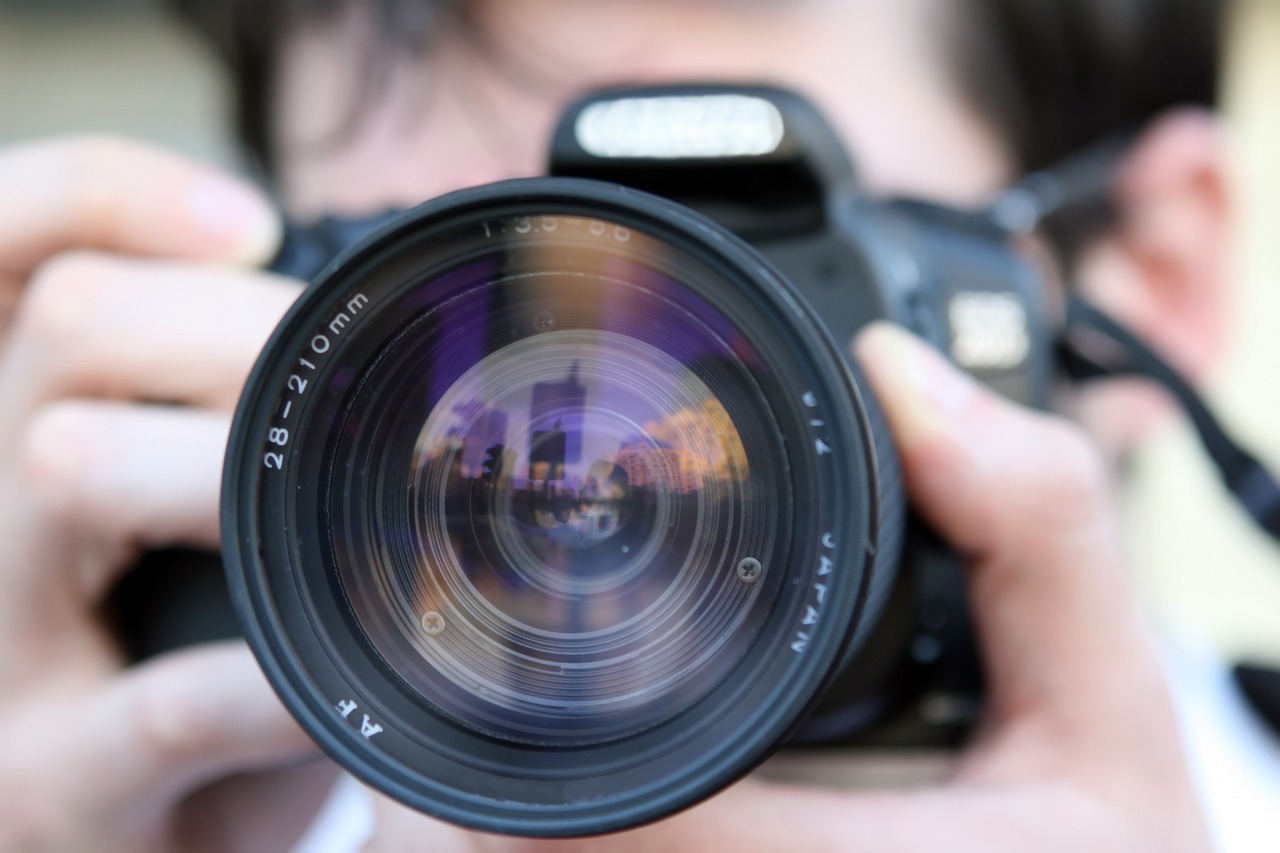This post is also available in:
 עברית (Hebrew)
עברית (Hebrew)
Facial recognition is technology that can identify or verify a person’s identity based on their face, and can be used for various purposes, like unlocking smartphones, verifying identities at airports, or even finding missing persons. However, the increasing use of facial recognition also seriously threatens personal privacy, as it can be used to track, monitor, or profile people without their consent or knowledge.
Various experts have raised suggestions as to how we can protect our facial privacy, including some methods to prevent facial recognition from working. These methods are called anti-facial recognition (AFR) and are meant to hide, distort, or replace the faces in images or videos, like software to blur, pixelate, or swap the faces in digital media.
Nevertheless, most existing AFR methods have limitations – these software-based methods may require user intervention or cooperation and may not be compatible with all platforms, and could also affect the quality or usability of the images or videos for other purposes.
According to Interesting Engineering, a team of researchers from USSLAB at Zhejiang University rose to the challenge and developed a new AFR technique called CamPro – Camera Privacy Protection. CamPro is a camera-sensor-based AFR technique that modifies the images at the source (the camera sensor) rather than after they are captured. This makes CamPro more effective against malicious attempts to bypass it.
CamPro exploits the changeable parameters of a hardware component called “the image signal processor” (ISP) that converts the raw data from the camera sensor into a standard image format. CamPro carefully tunes these settings to produce images that are unreadable by facial recognition systems while retaining enough information for other applications.
After testing CamPro on several smartphones, webcams, and surveillance cameras, the researchers determined that it can effectively prevent facial recognition from various current models, while preserving the functionality of other computer vision applications. Another advantage is that CamPro does not require additional hardware or software and can be easily integrated into existing camera modules.
Nevertheless, it still has several limitations. For example, it might not work well with cameras that have fixed or non-tunable ISPs, or introduce some visual artifacts or distortions that may affect the aesthetic or subjective preference of the users.


























